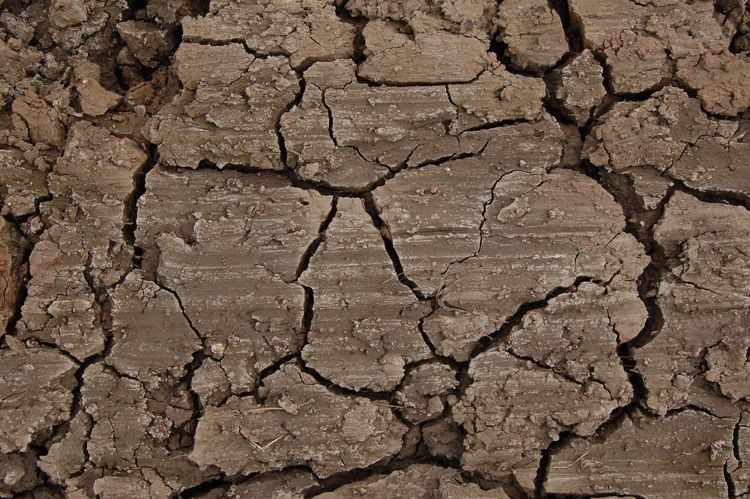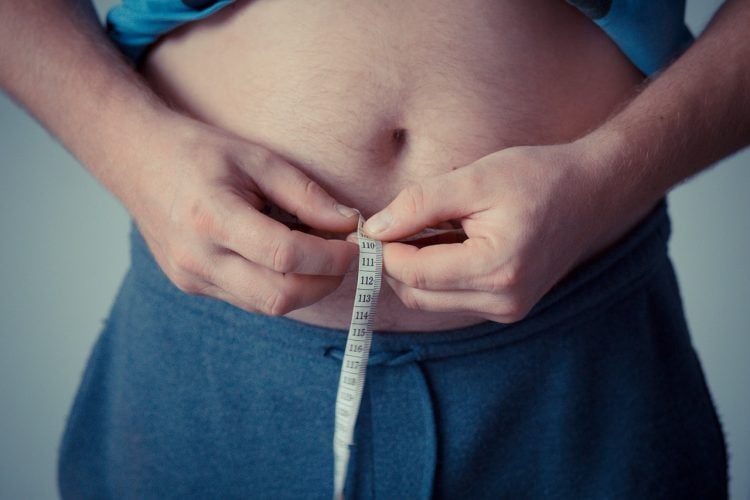Researchers at the University of South Australia claim to have discovered clay materials in a certain type of dirt, which, if consumed with an evening meal can help soak up fat droplets from the gut.
Obesity costs the global economy an estimated $2 trillion every year, and countries around the world spend even more trying to prevent it, but a recently-published Australian study suggests that finding a cure to this modern-day epidemic could be as easy as dirt, literally. Researchers led by PhD candidate Tahnee Dening were investigating how clay materials can improve drug delivery when they discovered that one of the materials she was testing had the remarkable ability to soak up fat droplets in the gut. The serendipitous discovery immediately signalled Denning that they were on to something big, maybe even a cure for obesity.

Photo: alex80/Pixabay
“It’s quite amazing really,” Tahnee Dening told Science Daily. “I was investigating the capacity of specifically clay materials to improve the oral delivery and absorption of antipsychotic drugs, when I noticed that the clay particles weren’t behaving as I’d expected. Instead of breaking down to release drugs, the clay materials were attracting fat droplets and literally soaking them up.”
“Not only were the clay materials trapping the fats within their particle structure, but they were also preventing them from being absorbed by the body, ensuring that fat simply passed through the digestive system. It’s this unique behaviour that immediately signalled we could be onto something significant,” the Australian researcher added.
In their research, scientists looked at the effects of montmorillonite, a natural clay material, purified from dirt and laponite. They fed three groups of lab rats a high-fat diet and one of three supplements – montmorillonite, a placebo, and orlistat (a popular weightloss drug) – and monitored them for a period of two weeks. After analyzing the data collected over this period, researchers found that while both the clay and the orlistat had some weight loss effects on the rats, the clay was more effective than the drug.

Photo: jarmoluk/Pixabay
“Our processed clay has an unusually high surface area which means it has a huge capacity to interact with and soak up digested fats and oils present in the foods we eat,” Tahnee Dening said. “Orlistat on the other hand, is an enzyme inhibitor that blocks up to 30 per cent of dietary fat digestion and absorption, which leads to weight loss, but has unpleasant side effects such as stomach aches, bloating, flatulence and diarrhoea, which limits its use in weight loss as people choose to stop using it.”
Researchers are now working on a synergistic approach, using both the dirt and orlistat. The drug inhibits the enzyme that digests fat molecules, and the clay traps the fat so that they are excreted.
Humans have been consuming dirt for thousands of years, and even though in most cultures it is considered an eating disorder, it may just be the answer to fight obesity. And because clay has been used as food and other edible products for so long, clinical trials for this potential obesity cure can start right away.






